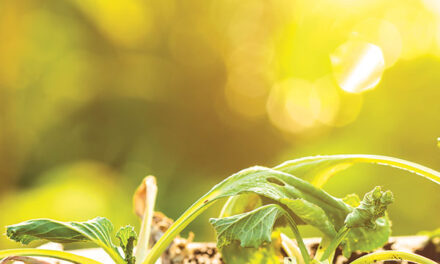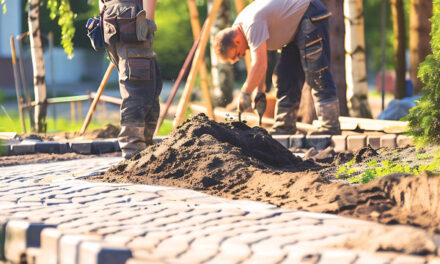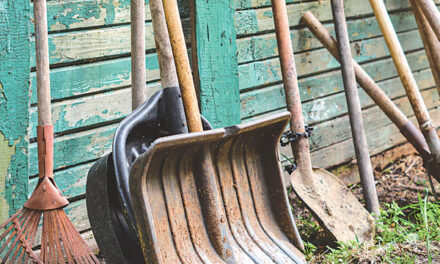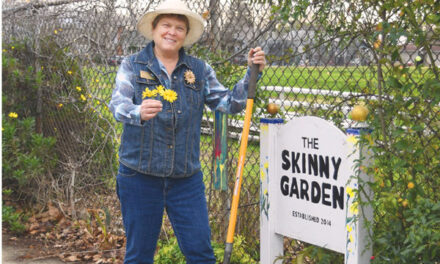Hot, sweaty and longing for the cooler embrace of fall, Sacramento gardeners have decisions and chores looming. Ready or not, transitioning from summer to fall gardening begins now. Drag yourself off the sofa and visit nurseries, hardware stores, fall plant sales and online sites, if needed, to prepare for the coming months. Need guidance? Happy to help!
Last call to fertilize citrus: Feed citrus trees for the final time in late summer. Any later and resulting tender new growth may be susceptible to frost damage. Container-grown citrus trees may accept an additional early fall application of fertilizer because more frequent watering flushes out fertilizer.
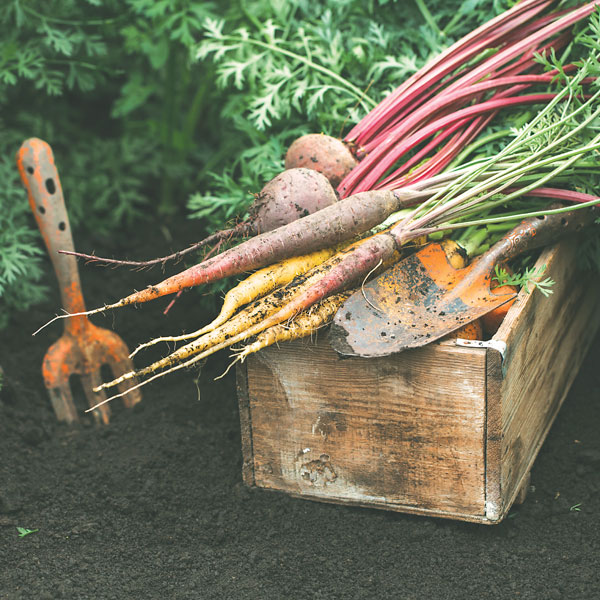
Purchase garlic and potatoes: Check local nurseries and online sources now before the dreaded “out of stock” greets searches. Some gardeners have luck planting grocery store starts plucked from produce shelves. I buy certified, disease-free garlic and potatoes for several reasons: Grocery store produce often is treated with sprout inhibitors, you are much more likely to introduce awful diseases into your garden, and the choice of varieties is woefully limited. Those who insist on rolling the dice may want to plant in containers (especially potatoes) to minimize dangers. Toss the soil after harvest.
Plant cool-season veggies: Gasps and eye-rolls are common when I suggest planting a fall/winter vegetable garden in early to mid-September. It’s important to get winter vegetables off to a fast start while days are longer and soil temperatures cooperate. For those who have the inclination to plant beets, carrots, cauliflower, broccoli, cabbage, bok choy, leaf lettuce and others, buy and plant seeds and transplants now. “Sacramento Vegetable Planting Schedule” at ucanr.edu/sites/sacmg/files/117117.pdf is a useful guide.
Cover crops are a beautiful thing: Plant a cover crop if there are no plans for a winter veggie garden. A winter cover crop mix of bell beans, vetches, peas and other cool weather choices will enrich and improve soil for spring planting. Buy now and sow seeds of cover crop mixes, chop it down in late winter or early spring, and dig the organic matter into the soil.
Purchase and plant new perennials and trees: Fall is the ideal time to plant native and Mediterranean plants and trees. The soil is still warm. Cooler temperatures help young roots develop before chilly weather. Also, dig up, divide and replant crowded agapanthus, daylily and iris before the rainy season (fingers crossed for rain). The Sacramento Tree Foundation recommends October as the month to plant trees. Visit demonstration gardens for the best perennial and tree choices. Then shop at neighborhood nurseries and fall plant sales.
Lawn rehab: Lawn areas can be rejuvenated in September. Fertilize, reseed bare areas, aerate and dethatch where needed. Local residents are replacing lawn areas with more appropriate landscaping because of drought. This time of year is ideal for transition.
Indoor tasks: As weather cools, attention turns to houseplants. When shopping for houseplants, inspect for signs of pests and plant decline. Practice the same diligence when bringing outdoor plants inside for winter. Washing leaves and stems with water can prevent decline and death from insects and mites. Monitor plants. If a pest infestation persists, toss the plant and buy another.
Bulbs: Buy spring flowering bulbs and plant them in September to mid-October. Tulip, crocus and hyacinth perform best when chilled six weeks in the refrigerator before planting.
Adjust irrigation: Shorten irrigation cycles on controllers when days become noticeably shorter and temperatures cool. Those confused by controllers can ask landscapers to adjust water cycles or call the water district and ask for help.
Winter mulches: Inspect beds and around trees for adequate bark or wood chip mulch. You should have a 2- to 4-inch layer of mulch. Applied in fall, mulch will discourage weeds, prevent soil erosion and lessen soil compaction from winter rains (again, fingers crossed for rain).
Hope this helps. Get busy!
Dan Vierria is a University of California Cooperative Extension Master Gardener for Sacramento County. He can be reached at masterg29@gmail.com. For answers to gardening questions, contact the UCCE Master Gardeners at (916) 876-5338, email mgsacramento@ucanr.edu or visit sacmg.ucanr.edu. Follow us on Facebook, Twitter and Instagram: @insidesacramento.






